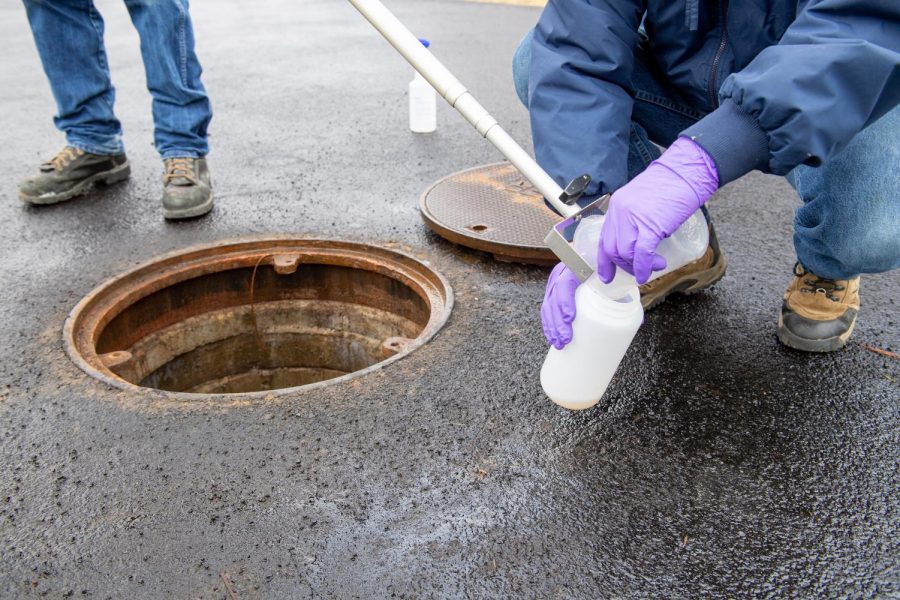WSU researchers test wastewater for COVID-19
Samples collected twice a week through pipes on campus; results processed within 24 hours
COURTESY OF WSU PHOTO SERVICES
Phil Weiler, WSU vice president for marketing and communications, said wastewater testing has proved to be helpful. There is currently less than a one percent COVID-19 positivity rate on the WSU Pullman campus.
February 22, 2021
WSU researchers are testing wastewater from the Pullman campus to detect traces of COVID-19.
“We are testing nine facilities on campus, most of these are the residence halls that have people, and we are also looking at wastewater streams from the CUB and offices that have people in them,” said Phil Weiler, WSU vice president for marketing and communications.
WSU auxiliary services maintenance employees use telescopic dippers to collect samples twice a week. The samples are then placed into sanitary containers before being transported to the lab, where results are processed within a 24-hour period, said Jason Sampson, director of WSU Environmental Health and Safety.
Sampson said wastewater is collected from intercepts throughout campus, a series of pipes that connect to various buildings such as dormitories.
The team working with the wastewater monitors levels of COVID-19, and if the levels surpass a certain threshold, they have reason to believe there are active cases in those areas where the sample came from, Weiler said.
The samples’ testing occurs at the Washington Animal Disease Diagnostic Lab, which is housed in the WSU College of Veterinary Medicine.
Weiler said the wastewater testing method was created as part of the university’s four-pronged plan to prevent the spread of the virus and control outbreaks.
“The four prongs were arrival testing, ongoing surveillance testing, targeting testing through wastewater and diagnostic testing,” he said.
Weiler said wastewater testing has proved to be helpful. There is currently less than a 1 percent COVID-19 positivity rate on the WSU Pullman campus.
“The Pullman campus is doing an incredible job … students are doing the right thing,” he said.
Sampson said WSU plans to continue using this testing method until the end of the semester because it is most accurate when students are physically on campus.










